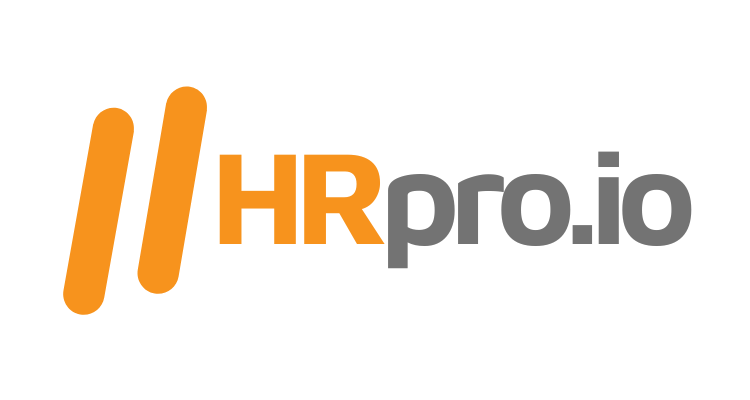In the realm of mid-size companies, CFOs are continuously seeking innovative strategies to unlock financial health while effectively managing healthcare costs. As healthcare expenses continue to rise, finding ways to optimize spending without compromising the quality of care becomes paramount. In this blog post, we’ll explore three innovative cost-saving strategies that CFOs are leveraging to control healthcare costs, including level-funding with a Pharmacy Benefit Manager (PBM) carve-out.
- Level-Funding with a PBM Carve-Out: Level-funding is a cost-saving strategy that provides mid-size companies with the benefits of self-funding while minimizing financial risk. In a level-funded plan, the company pays a fixed monthly premium to an insurance carrier, similar to a traditional fully-insured plan. However, unlike traditional plans, level-funded plans incorporate a self-funding component where the company assumes responsibility for paying employees’ medical claims up to a certain threshold.
To further optimize healthcare spending, CFOs can implement a Pharmacy Benefit Manager (PBM) carve-out within their level-funded plan. PBMs are third-party administrators that manage prescription drug benefits on behalf of health insurers or employers. By carving out pharmacy benefits from the overall healthcare plan and contracting directly with a PBM, companies can gain better pricing transparency, negotiate lower drug prices, and access a wider network of pharmacies.
One of the key advantages of level-funding with a PBM carve-out is cost predictability. By separating pharmacy benefits from medical benefits, CFOs can better control and manage pharmacy spending, which often represents a significant portion of total healthcare costs. Additionally, by working directly with a PBM, companies can implement formulary management strategies, encourage the use of generic medications, and explore cost-saving opportunities such as mail-order pharmacy services.
- Value-Based Insurance Design (VBID) Programs: Value-Based Insurance Design (VBID) programs are another innovative approach that CFOs can leverage to control healthcare costs while improving the quality of care for employees. VBID programs aim to align financial incentives with health outcomes by incentivizing employees to use high-value healthcare services while discouraging unnecessary or low-value services.
Under a VBID program, companies may offer reduced cost-sharing or copayments for preventive services, chronic disease management, and evidence-based treatments that have been shown to deliver high value and improve health outcomes. Conversely, higher cost-sharing may be applied to services that are deemed low-value or unnecessary, such as excessive imaging or unnecessary surgeries.
By implementing VBID programs, CFOs can encourage employees to make informed healthcare decisions, prioritize preventive care, and actively engage in managing their health. This not only leads to better health outcomes but also helps control healthcare costs by reducing the utilization of unnecessary services and avoiding costly complications associated with untreated conditions.
- Direct Contracting with Healthcare Providers: Direct contracting with healthcare providers is an effective cost-saving strategy that allows companies to negotiate customized contracts directly with hospitals, physicians, and other healthcare providers. By bypassing traditional insurance carriers, companies can secure discounted rates for medical services and gain greater control over healthcare spending.
Through direct contracting, CFOs can negotiate bundled payment arrangements, fee-for-service contracts, or value-based reimbursement models with preferred providers. These contracts offer greater pricing transparency and flexibility compared to traditional fee-for-service arrangements, enabling companies to tailor benefit packages to meet the specific needs of their workforce while achieving cost savings.
Moreover, direct contracting fosters closer collaboration between employers and healthcare providers, leading to more coordinated and efficient care delivery. By building relationships with high-quality providers and incentivizing value-based care, companies can achieve better health outcomes for employees while reducing unnecessary healthcare spending.
In conclusion, CFOs of mid-size companies have a range of innovative strategies at their disposal to unlock financial health and control healthcare costs. From level-funding with a PBM carve-out to implementing value-based insurance design programs and negotiating direct contracts with healthcare providers, these strategies empower CFOs to optimize healthcare spending while enhancing the quality of care for employees. By embracing innovation and strategic partnerships, CFOs can drive cost savings, improve financial health, and ensure long-term sustainability for their companies in today’s evolving healthcare landscape.

Recent Comments